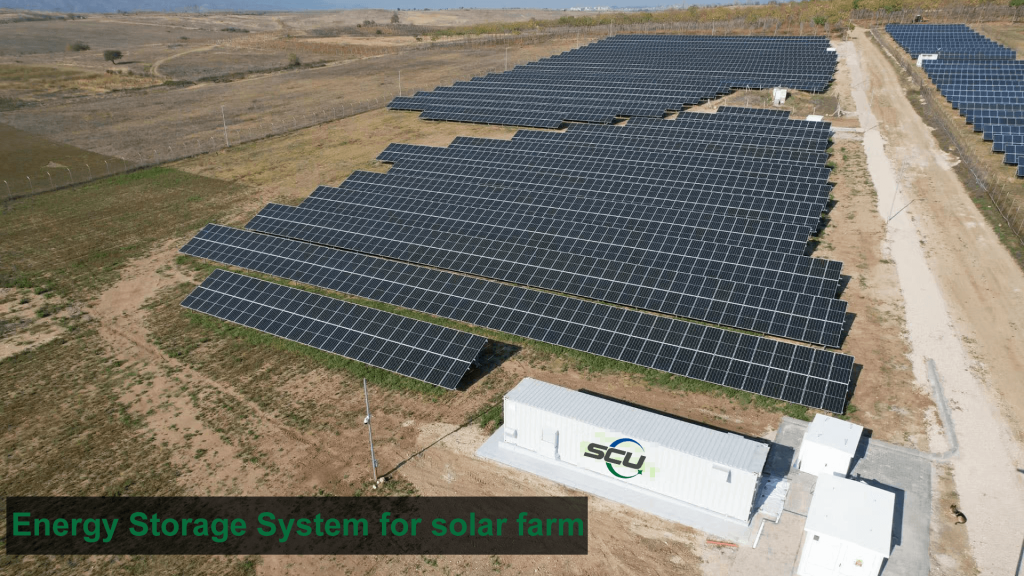Online UPS Power Supply and Backup UPS are two important types of UPS. Both can provide power to devices when there is a power outage, but that’s where the similarities end.Online UPS Power Supply differs from Backup UPS in that it provides power through a combination of rectifier and inverter. It simultaneously powers the load and charges the battery during power outages.
In contrast, Backup UPS provides AC power directly to the load through a transfer switch. In the event of a power failure, the offline UPS draws power from a backup battery.Online UPS Power Supply and Backup UPS also differ in their requirements for large heat sinks.
Online UPS Power Supply consists of rectifiers that directly supply power to the inverter and battery. As a result, it generates a large amount of heat. Therefore, compared to Backup UPS, online UPS requires larger heat sinks.

Online UPS Power and Standby UPS
Online UPS Power
Online UPS power consists of rectifiers, batteries, and inverters, maintaining consistency with the AC mains and the load. The AC power input into the online UPS is first sent to the rectifier circuit, where it is converted into DC power. This DC power is then used to charge the batteries, and the DC power is supplied to the inverter circuit, which, in turn, supplies power to the load. There is a switching mechanism, but it remains in the ON position at all times. Therefore, at any given moment, the power delivered to the load comes from a combination of the rectifier and inverter circuits. The primary advantage of using online UPS power is that in the event of a power outage, there is no need to switch between the main power line and the battery backup path.
Standby UPS
Standby UPS directly provides AC power to the devices connected to the load. When there is a power outage, the standby UPS changes the position of a switching mechanism, connecting the load to the battery backup path. The battery in a standby UPS is charged when AC power is available. In this scenario, AC power is directly fed into the load circuit while simultaneously charging the battery in the standby UPS through a rectifier circuit.
In the event of a power outage, the charged battery is used to supply DC power to an inverter in the standby UPS. The inverter then converts this DC power into AC power and supplies it to the load.
Key Differences Between Online UPS Power and Standby UPS
The primary difference between online UPS power and standby UPS lies in their operating modes. Online UPS power provides AC power through rectification and inversion circuits when AC mains power is available. Conversely, standby UPS directly supplies AC mains power to the load circuit when power is available.
The key term that distinguishes online UPS from standby UPS is transfer time. The transfer time for online UPS is zero because there is no switching between the inverter-rectifier path and the mains power supply path. In contrast, the transfer time for a standby UPS is typically around 5 milliseconds.
Another significant difference is that the inverter in online UPS power is always in the ON state, while the inverter in a standby UPS is only activated when the power source is unavailable.
The cost of online UPS power is higher than that of standby UPS.
Standby UPS is more efficient than online UPS because the inverter and rectifier circuits in a standby UPS are not constantly in the ON state.
